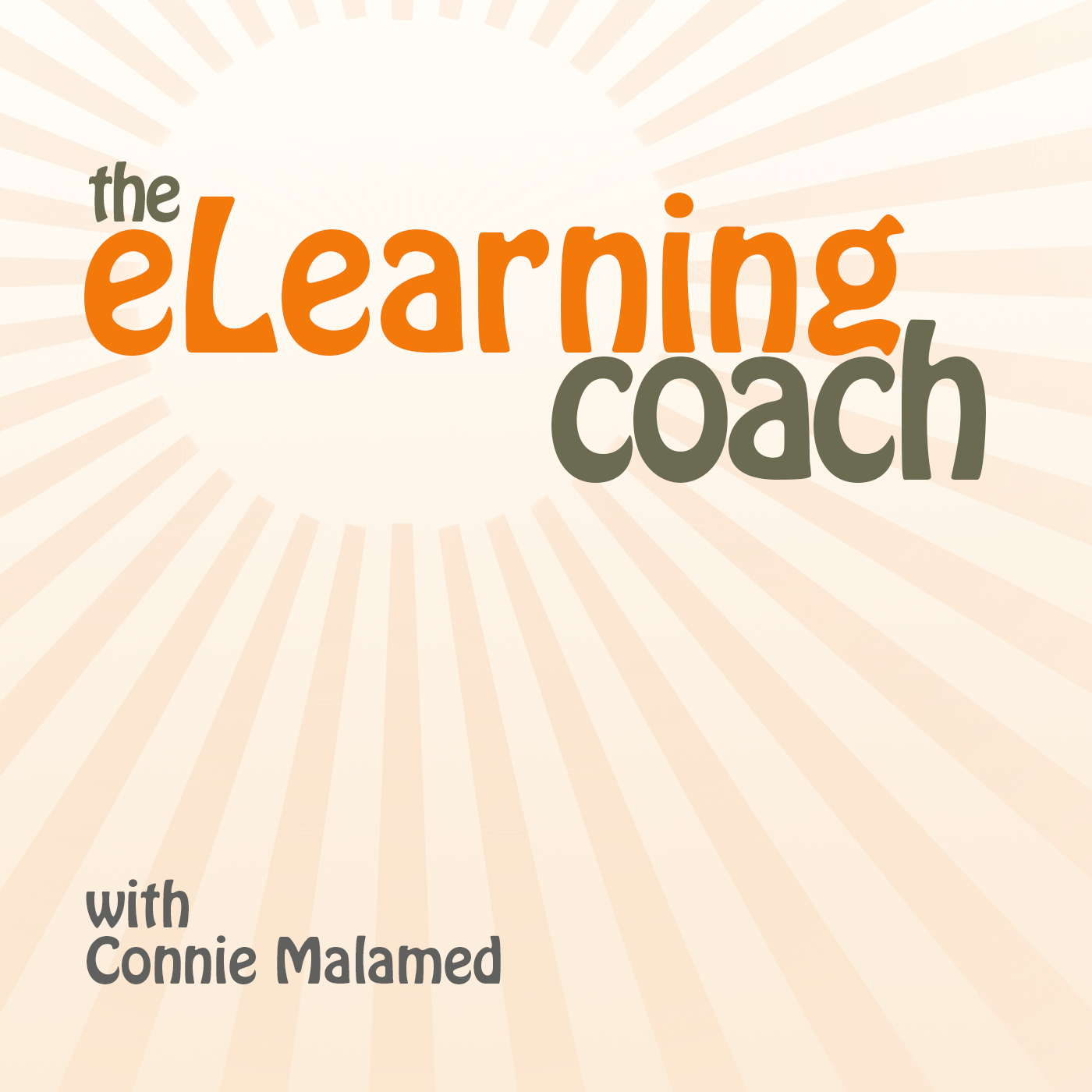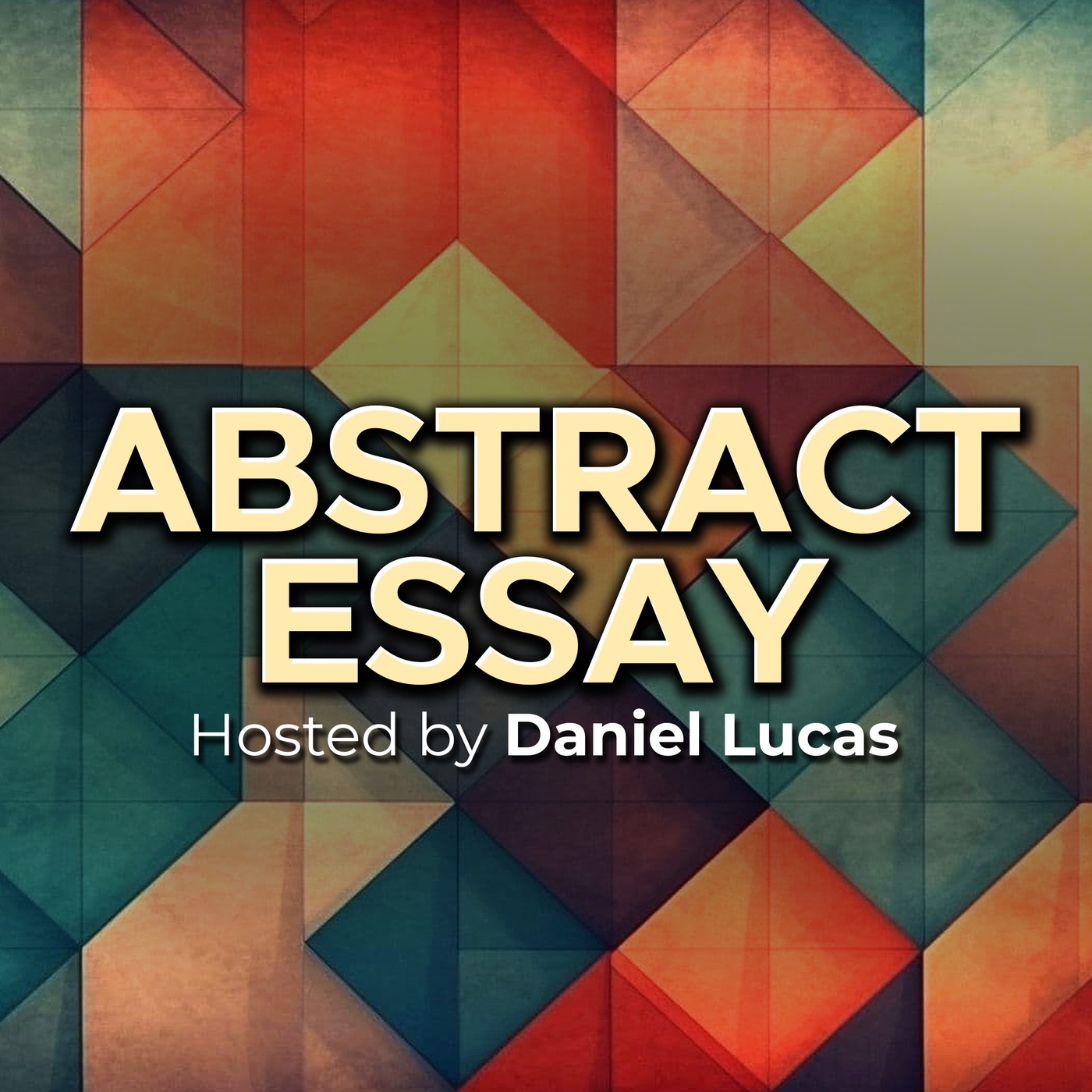
Designing with Love
Hosted by Grand Canyon University (GCU) adjunct instructor and professional instructional designer Jackie Pelegrin, this podcast explores instructional design, e-learning, and how to incorporate AI technology into different aspects of your work. Tune in for expert tips, real-world insights, and inspiring stories from students, alumni, and leaders in the field.
Designing with Love
Beyond Learning Outcomes: Designing for Humans or Learners?
Navigating the world of instructional design can be confusing when similar-sounding concepts appear to overlap. That's exactly the challenge many ID professionals face when distinguishing between human-centered design and learner-centered design.
The key differences emerge in their focus (all users versus learners only), goals (holistic experience versus learning outcomes), and methodologies. Human-centered design employs design thinking, empathy mapping, and prototyping, while learner-centered design draws from learning theories, needs assessments, and scaffolding techniques. The most effective instructional design often combines both approaches: starting broad with human-centered principles before narrowing to learner-centered strategies.
Whether you're new to instructional design or looking to refine your approach, understanding when and how to apply these complementary frameworks will elevate your work. Download our interactive comparison infographic from the show notes, and share your experiences combining these approaches in your own projects. How might your current project benefit from considering both the broader human experience and specific learner needs?
🔗 Episode Links:
Please check out the resource mentioned in the episode. Enjoy!
Join PodMatch!Use the link to join PodMatch, a place for hosts and guests to connect.
Disclaimer: This post contains affiliate links. If you make a purchase, I may receive a commission at no extra cost to you.
💟 Designing with Love + allows you to support the show by keeping the mic on and the ideas flowing. Click on the link above to provide your support.
☕ Buy Me a Coffee is another way you can support the show, either as a one-time gift or through a monthly subscription.
🗣️ Want to be a guest on Designing with Love? Send Jackie Pelegrin a message on PodMatch, here: Be a guest on the show
🌐 Check out the show's website here: Designing with Love
📱 Send a text to the show by clicking the Send Jackie a Text link above.
👍🏼 Please make sure to like and share this episode with others. Here's to great learning!
Hello and welcome to the Designing with Love podcast. I am your host, Jackie Pelegrin, where my goal is to bring you information, tips, and tricks as an instructional designer. Hello, GCU students, alumni, and fellow educators, welcome to episode 54 of the Designing with Love podcast. In today's episode, we're unpacking a topic that often confuses new instructional designers: What's the difference between human-centered design and learner-centered design? They sound similar and, yes, they do overlap, but there are some key distinctions that can help you choose the right approach for your next project. So, whether you're just starting out or still building your ID toolkit, this episode is for you. Let's begin with human-centered design, often abbreviated as HCD. Human-centered design is a problem-solving approach that starts with the people you're designing for and ends with solutions that are tailored to their needs. It's rooted in empathy and involves a lot of design thinking, which includes interviewing users, prototyping, testing, and refining. The five key stages to HCD are as follows. Stage one: empathize. In this stage, it's important to understand the user's needs through observation and interaction. Stage number two: define. In this stage, you want to clearly articulate the problem you're trying to solve. Stage number three: ideate. In this stage, it's important to brainstorm and generate creative solutions. Stage number four: prototype. In this stage, you want to create tangible versions of your ideas. Stage number five: test. Lastly, make sure to share your design with real users to collect feedback and refine. In human-centered design, you're not just thinking about learners. You might also be considering instructors, stakeholders, administrators, or even technical support staff. It's about the entire human experience surrounding the product or system you're creating. Here's a real-life example of human-centered design. If you're building an LMS onboarding module for a university, you're not only thinking about how students will learn, but how instructors will support them, how IT will maintain the system, and how accessibility fits in. Human-centered design ensures all touchpoints are optimized for the people involved. All right, so now let's zoom in on learner-centered design.
Jackie Pelegrin:Learner-centered design is a subset of human-centered design. It specifically focuses on the needs, goals, preferences and prior knowledge of the learner. The goal here is to create learning experiences that are, number one, relevant to the learner's context. Number two, engaging to their interests. Number three, challenging enough to promote growth. And number four, supportive of their learning goals. Learner-centered design puts the learner at the center of every decision. You can ask yourself the following when using this approach Number one what do they already know? Number two what do they need to learn? Number three how do they learn best? Number four what do they need to learn? Number three, how do they learn best? Number four what motivates them? And number five what barriers might they face? Here's an example of a learner-centered design in action.
Jackie Pelegrin:Let's say you're designing a sales training course for a group of new employees. A learner-centered approach would involve interviewing the learners, understanding their previous experience, identifying what knowledge gaps exist and building content that directly connects to their job roles. You could even let them choose how they complete certain modules. It's all about personalization and empowerment, which is key for adult learners. So what are the key differences and when should you use each type of approach? I will take a few minutes to break this down.
Jackie Pelegrin:Aspect number one focus Human-centered design all users in the system. Learner-centered design the learner only. Aspect number two goal Human centered design holistic user experience. Learner-centered design optimal learning outcomes. Aspect number three methods Human-centered design design thinking, empathy, mapping and prototyping. Learner-centered design, learning theories, needs assessments and scaffolding. And finally, aspect number four broader application Human-centered design no-transcript.
Jackie Pelegrin:So when should you use human-centered design? Use it when your solution affects more than just the learner. For example, if you're developing a digital learning platform or implementing a change across an organization. Hcd ensures all stakeholders are considered centered design. Use it when you're focused specifically on learning outcomes. This is ideal when you're developing curriculum, microlearning modules or instructional media tailored to a specific group of learners.
Jackie Pelegrin:Remember these approaches are not mutually exclusive. In fact, some of the best learning experiences happen when we combine both, starting broad with human-centered design and then narrowing it with learner-centered principles. As a novice instructional designer, you don't have to master it all at once. Just keep asking the right questions who is this for? What do they need and what will help them thrive? As a recap, we covered what is human-centered design and learner-centered design, along with the key differences and when to use each. The next time you work on an instructional design project, I would encourage you to ask yourself the key questions I mentioned and see how you can incorporate both human-centered and learner-centered approaches. Be sure to check out the interactive comparison infographic available in the show notes. That provides some key information I shared in today's episode.
Jackie Pelegrin:As I conclude this episode, I would like to share an inspiring quote by Paul Rand, a legendary American graphic designer best known for his pioneering work in corporate branding and visual identity. To design is much more than to simply assemble, to order or even to edit. It is to add value and meaning, to illuminate, to simplify, to clarify, to modify, to dignify, to dramatize, to persuade and perhaps even amuse. This quote emphasizes the purpose-driven nature of design, which mirrors both human-centered and learner-centered approaches, which adds meaning and value by deeply understanding the people at the heart of your design. Thank you for taking some time to listen to this podcast episode today. Your support means the world to me. If you'd like to help keep the podcast going, you can share it with a friend or colleague, leave a heartfelt review or offer a monetary contribution. Every act of support, big or small, makes a difference and I'm truly thankful for you.
Podcasts we love
Check out these other fine podcasts recommended by us, not an algorithm.

Buzzcast
Buzzsprout
Podcasting Made Simple
Alex Sanfilippo, PodMatch.com
The eLearning Coach Podcast
Connie Malamed: Helps people build stand-out careers in learning design.
Dear Instructional Designer
Kristin Anthony
The Visual Lounge
TechSmith Corporation
The Way I Heard It with Mike Rowe
The Way I Heard It with Mike Rowe
The WallBuilders Show
Tim Barton, David Barton & Rick Green
Bible Verses 101
Daniel Lucas/Karen DeLoach/Jackie Pelegrin
Wake Up the Lions!
Rory Paquette
Revelations with Cole Johnson
Cole Johnson
Seven Mile Chats
Julia Strukely
Book 101 Review
Daniel Lucas
LOVE Letters
Daniel Lucas
Mental Health 101
Daniel Lucas
Movie 101 Review
Daniel Lucas And Bob LeMent
Geography 101
Daniel Lucas
Abstract Essay
Daniel Lucas /Sal Cosenza
Relatable Wisdom
Wisdom
My Podcast Story
Wisdom
Conversations with Rich Bennett
Rich Bennett
The KAJ Masterclass LIVE
Khudania Ajay
Daniel Bernabe. Daily Inspirational Quotes.
Daniel Bernabe
The Talking Silkworm Podcast
Talking Silkworm
lethal venom
Noah May

